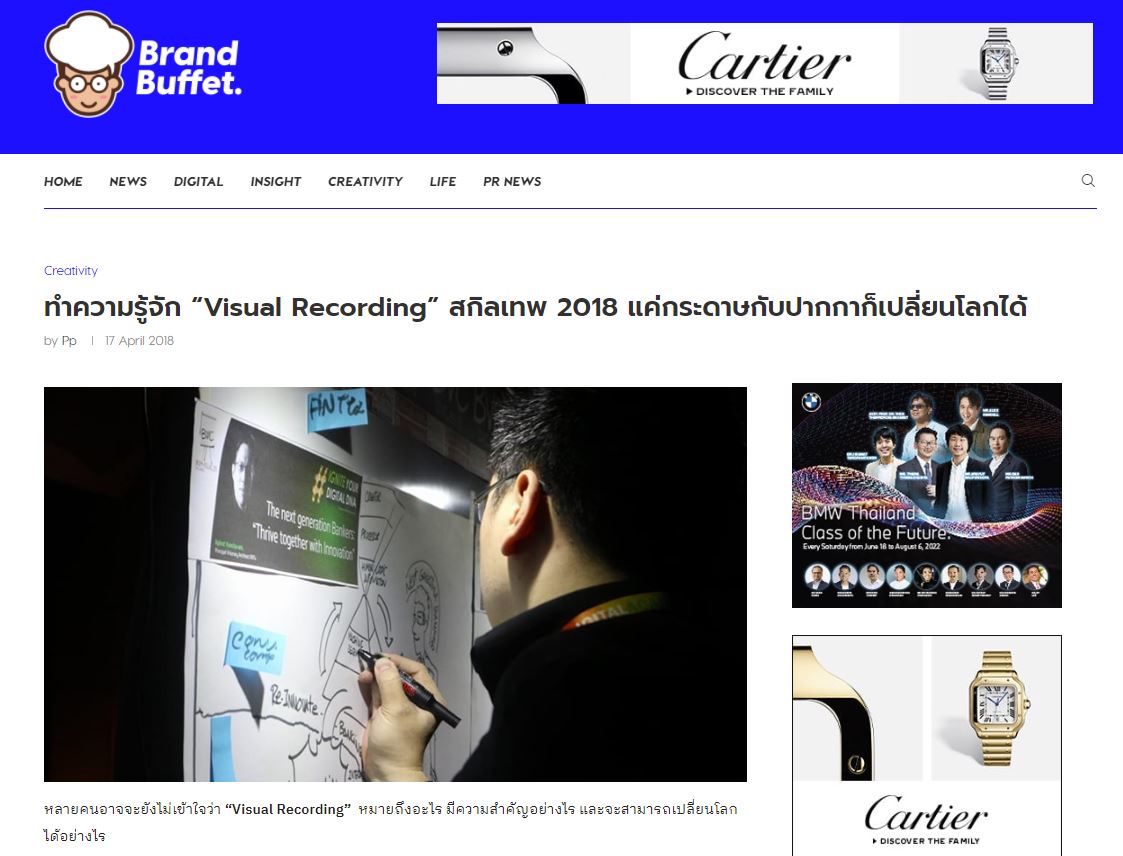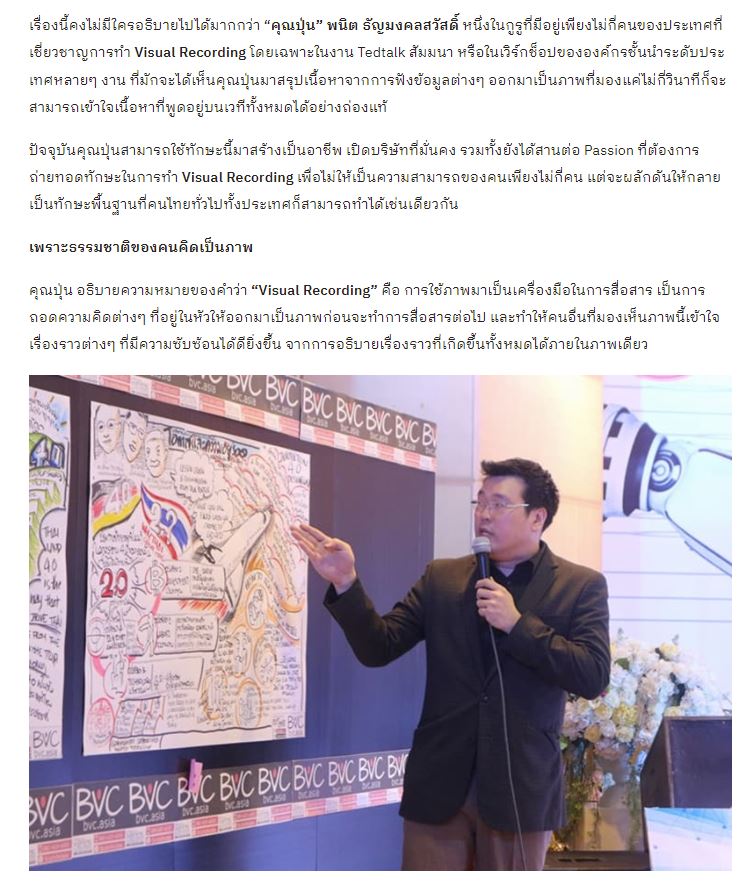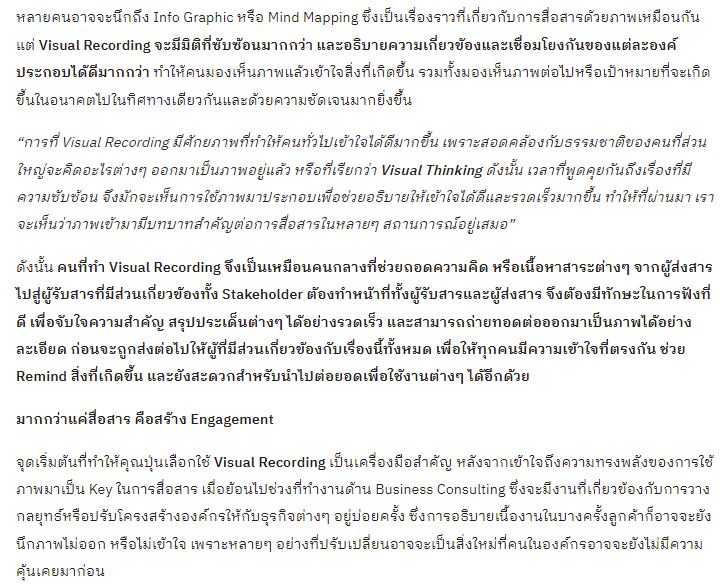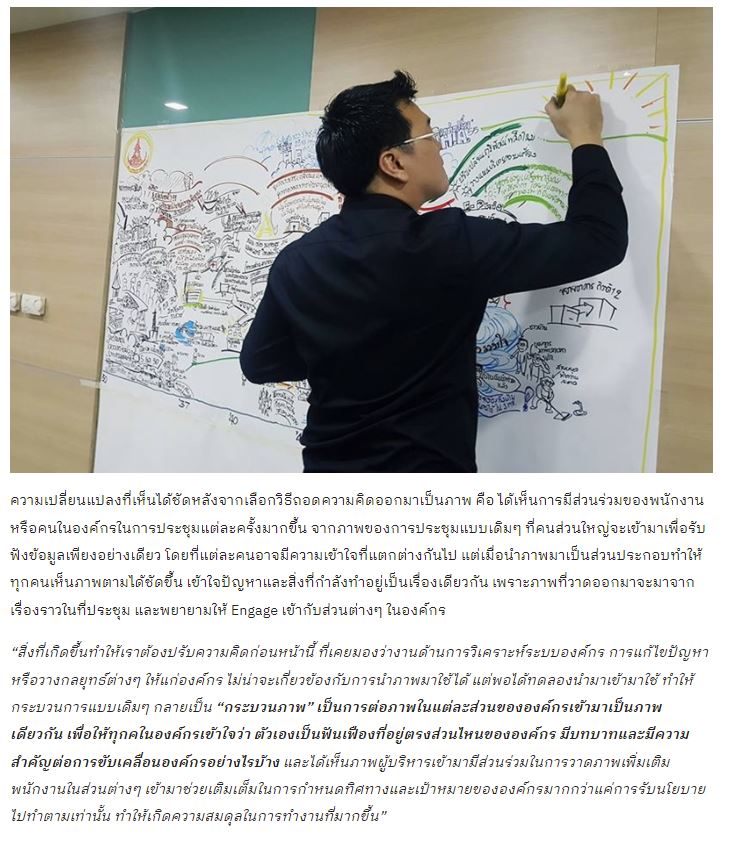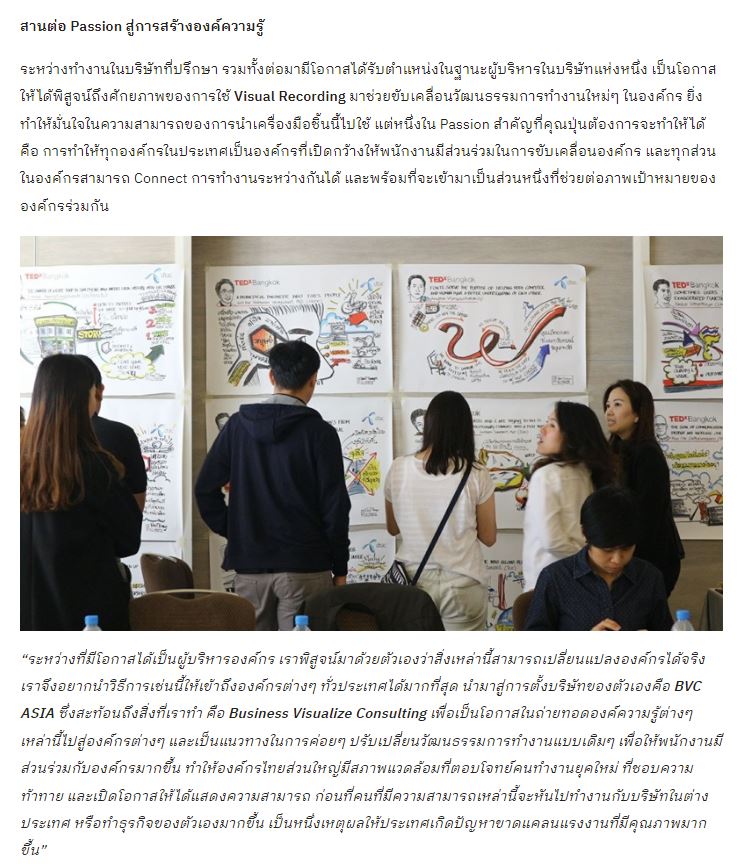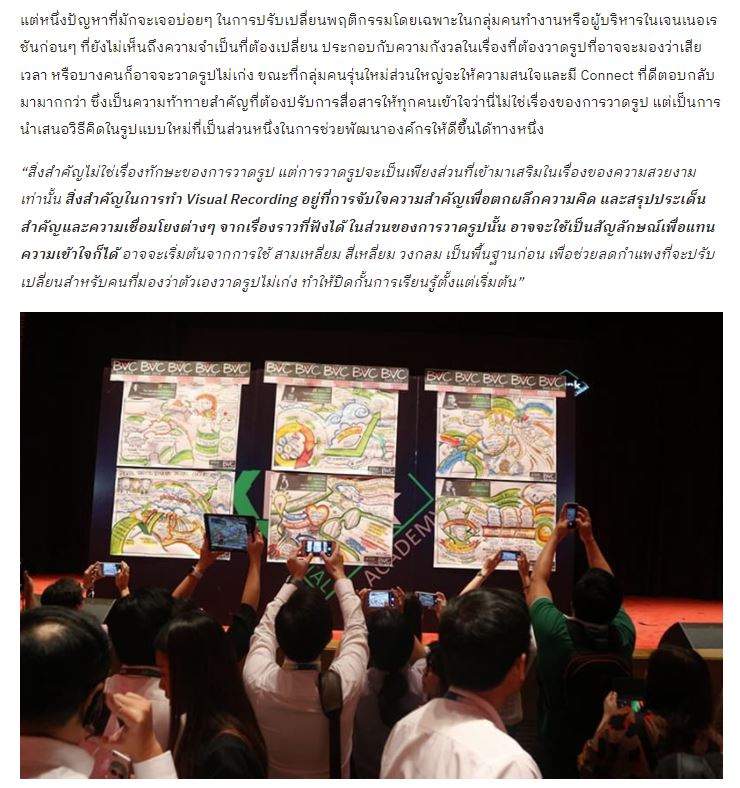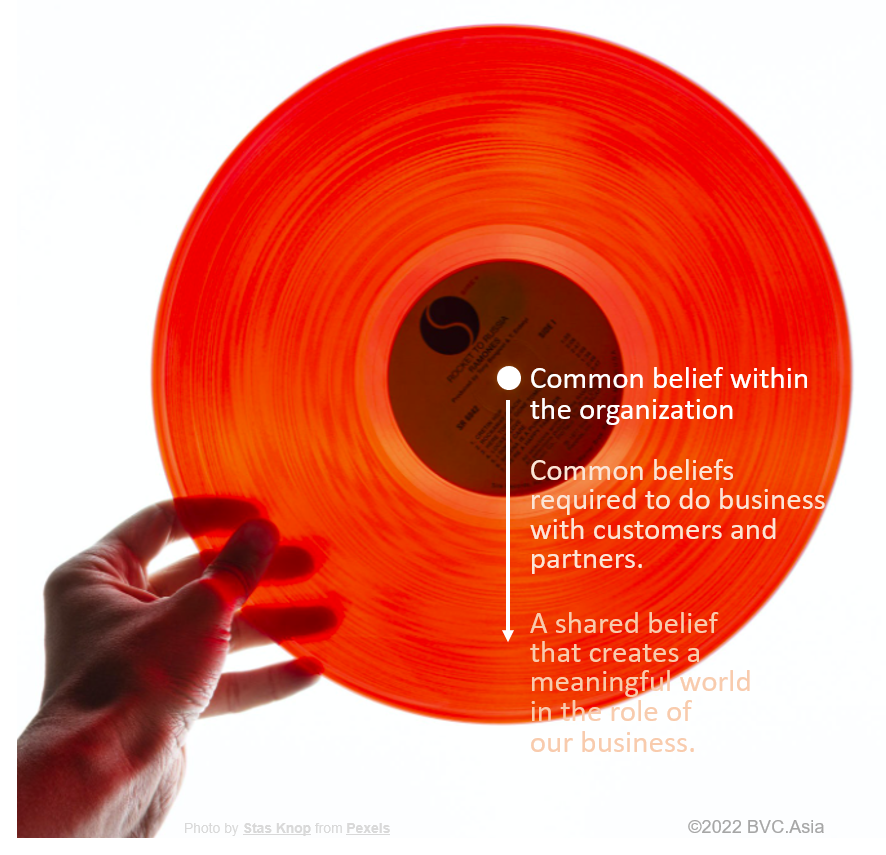BVC.asia Trusted by MEA to Lead the “MEA SMART People” Project
BVC.asia Trusted by MEA to Lead the “MEA SMART People” Project – Empowering Talent Towards Global Utility Standards
BVC.asia has been entrusted by the Metropolitan Electricity Authority (MEA) to drive the “MEA SMART People” initiative — a strategic project aimed at enhancing the capabilities of MEA People to meet the standards of leading global smart utilities.
This transformative program is a cornerstone in MEA’s long-term vision to build an organization that excels in innovation, service excellence, and workforce readiness. The “MEA SMART People” project focuses on holistic development, covering areas such as leadership, communication, digital adaptation, and progressive organizational culture.
“We are honored to be chosen by MEA for this pivotal initiative. BVC.asia is committed to being a thinking partner and helping MEA’s people embrace the future with competence and confidence.”
— BVC.asia Executive Representative, Panit Thanya.
BVC.asia has collaborated closely with MEA leadership to design and deliver tailored learning experiences that align with the organization’s strategic goals and operational context.
More details:
To successfully elevate the capabilities of its workforce to a world-class standard, a structured, globally benchmarked approach is essential. The process begins with identifying and studying successful models from global metropolitan utilities, particularly in cities renowned for innovation and efficiency such as Singapore, Tokyo, and New York. These leading utilities offer valuable examples in areas such as Digital Utility Transformation, Workforce Upskilling and Reskilling, and the cultivation of a Customer-Centric Culture. By analyzing their strategies, it becomes clear that true transformation lies not just in technology adoption but in people readiness and cultural alignment. Once the exemplars are selected, the next step is to analyze their best practices and decode their success factors in detail. For example, global utilities have implemented robust Leadership Pipeline systems to ensure long-term continuity and strength in management. They have also embraced Agile Working Cultures, which allow for faster adaptation to market and technological shifts. In terms of technical capability, many employ a structured comparison of Strategic Competencies and Core Functional Knowledge to ensure their workforce is not only technically skilled but also strategically aligned with long-term organizational goals. These principles must then be carefully compared against the local organizational context to tailor an effective capability enhancement strategy suitable for the Thai utility sector.
Building on this analysis, organizations can then move forward by developing a capability-building framework aligned with global standards. A proven and effective model for workforce development is the 70:20:10 approach, which recommends that 70% of employee learning comes from hands-on job experiences, 20% from learning through others (e.g., coaching and mentoring), and 10% from formal training programs. This model ensures learning is continuous, embedded in daily work, and enriched by both structured instruction and collaborative environments. Complementing this is the design of a Learning Journey that aligns with a clearly defined Competency Map, tailored to different roles and growth stages. Central to this journey are future-oriented concepts such as Digital Literacy, Data Thinking, and a Sustainability Mindset, which are essential competencies for modern utility employees operating in an increasingly digital and environmentally conscious world.
To ensure that development initiatives are producing measurable results, it is crucial to establish Key Performance Indicators (KPIs) and Talent Indicators that are benchmarkable. Some globally recognized indicators include the Digital Maturity Index, which assesses how well individuals and teams apply digital tools and systems in their roles; the Leadership Readiness Score, which evaluates the strength and preparedness of leadership pipelines; and the Service Excellence Index, which monitors the effectiveness and customer-centricity of frontline operations. These indicators provide data-driven insights into where development efforts are succeeding and where further investment is needed.
Finally, sustainable transformation requires not only systems and training but also strong internal communication and the cultivation of a future-ready culture. Organizations must embed the concept of “SMART People” into everyday narratives, encouraging a shared vision that connects individual development to broader organizational goals. This includes consistent messaging from leadership, storytelling that celebrates progress and impact, and initiatives that reinforce new values and behaviors. A visible shift in culture—where learning, agility, and innovation are embraced at every level—becomes the foundation for long-term success. By integrating these five pillars—global benchmarking, strategic practice adaptation, competency-aligned frameworks, measurable outcomes, and cultural alignment—organizations can confidently uplift their people to operate at par with the best in the world.
BVC.asia ได้รับความไว้วางใจจาก MEA เดินหน้าขับเคลื่อนโครงการ “MEA SMART People” เสริมศักยภาพบุคลากร สู่มาตรฐานสากล
บริษัท บีวีซี เอเชีย จำกัด (BVC.asia) ได้รับความไว้วางใจจากการไฟฟ้านครหลวง (MEA) ในการร่วมดำเนินโครงการ “MEA SMART People” ซึ่งมีเป้าหมายเพื่อ ยกระดับขีดความสามารถของบุคลากรภายในองค์กร ให้มีศักยภาพทัดเทียมกับการไฟฟ้าของเมืองชั้นนำระดับโลก โดยโครงการดังกล่าวถือเป็นหนึ่งในยุทธศาสตร์หลักของ MEA ในการขับเคลื่อนองค์กรสู่ความเป็นเลิศทั้งด้านนวัตกรรม การบริการ และความสามารถของคน
โครงการ MEA SMART People ได้รับการออกแบบอย่างรอบด้าน ทั้งในด้านการพัฒนา แนวคิด ทักษะการเป็นผู้นำ การสื่อสาร การปรับตัวสู่ยุคดิจิทัล และการสร้างวัฒนธรรมองค์กรเชิงบวก โดยทีม BVC.asia ได้ร่วมวางแผนและออกแบบหลักสูตรอย่างใกล้ชิดกับหน่วยงานของ MEA เพื่อให้สอดคล้องกับบริบทขององค์กรและวิสัยทัศน์ระยะยาว
องค์ประกอบทางความรู้ที่เกี่ยวข้อง
1. ศึกษาและเลือกต้นแบบจากมหานครชั้นนำที่ประสบความสำเร็จ
- Digital Utility Transformation
- Workforce Upskilling & Reskilling
- Customer-centric Culture
2. วิเคราะห์ Best Practices และถอดรหัสความสำเร็จ
นำเอาแนวทางที่พิสูจน์แล้วจากเมืองเหล่านี้ เช่น:
- ระบบการพัฒนาผู้นำ (Leadership & Hot Skills Pipeline)
- Agile Working Culture
- Comparative the Strategic Competency and Core Functional Knowledge Training มาเทียบกับบริบทขององค์กรไทย และประยุกต์การยกระดับให้เหมาะสม
3. วาง Framework การพัฒนาศักยภาพ สอดคล้องกับ Global Standard
- โมเดล 70:20:10 ในการพัฒนา (70% งานจริง / 20% การเรียนรู้ผ่านผู้อื่น / 10% การอบรม)
- จัด Learning Journey ที่สอดคล้องกับ Competency Map
- บูรณาการแนวคิด Digital Literacy, Data Thinking, Sustainability Mindset
4. สร้างตัวชี้วัด (KPI & Talent Indicators) ที่เทียบเคียงได้
- Digital Maturity Index
- Leadership Readiness Score
- Service Excellence Index
5. สื่อสารและสร้างวัฒนธรรม SMART People อย่างต่อเนื่อง
เน้นการสร้างวิสัยทัศน์ร่วมให้บุคลากรเห็นภาพการเปลี่ยนแปลงชัดเจน เช่น

